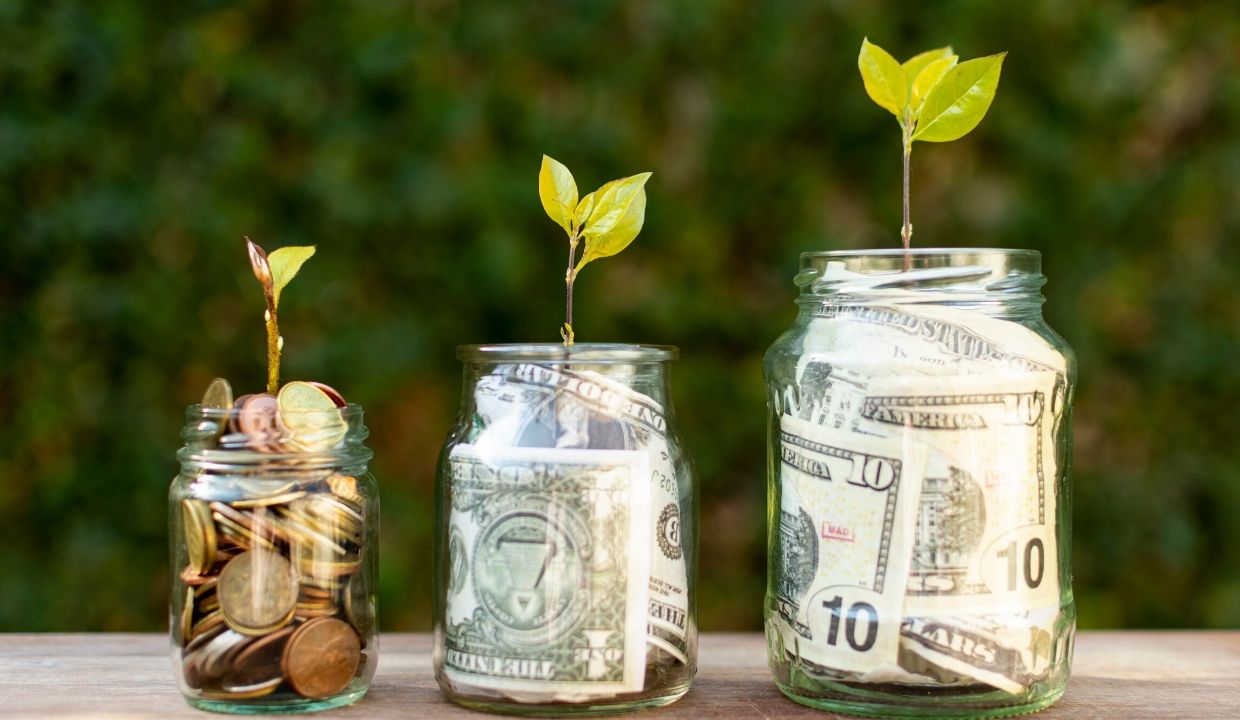The top concern of foreign investors seeking to expand their business in Vietnam is the growing middle class, an important part of the Vietnam consumer market.
The middle class is not only an important part of the market, they are becoming the loyal customers of many foreign businesses, operating in all kinds of sectors in Vietnam. According to UPS Vietnam Managing Director, Vietnam’s middle class is buying more and more cross-border goods. This company invests in vehicles to deliver the items that these middle-class customers ordered from US, UK to their houses.
Accordingly, cross-border e-commerce is growing fast. More and more e-commerce companies are sourcing in Vietnam. In contrast, the middle class of Vietnam also shopping online at foreign websites.
According to experts, Vietnamese middle class people have monthly income of 15 million VND (equivalent to about 700 USD) or more. By 2020, the country is expected to have 44 million middle class people. According to the Center for Consumer Studies and Customers of Boston Consulting Group (US), the “middle class and wealthy” of Vietnam are people who earn an average of 714 USD a month or more.
The Brookings Institute studies showed that the growth rate of the Vietnamese middle class in the period from 2005 to 2015 is more than 14% per year. It is estimated that in the period from 2016 to 2020, this number will continue to increase by 4 percentage points, equivalent to over 18% per annum.
Compared with other Southeast Asian countries, the growth rate of the Vietnamese middle class is among the highest. For example, in the period from 2016 to 2020, the middle class in Malaysia and Thailand increased by more than 4%, Indonesia increased by nearly 12%, and Singapore only increased by 3% per year.
By 2015, the total consumption of the global middle class is 34.8 billion USD. Brookings Institute estimates that by 2030, this number will almost double. By 2030, the global middle-class consumption may increase by 29,000 billion USD compared to 2015. The today’s low-income countries such as India, Indonesia and Vietnam will create a market with total consumption increased by 15 trillion USD compared with the current rate.
Not only increasing in number, the change in the money and spending perspectives of the middle class is also an attractive point. This creates a change in many industries, from food to banking.
Vietnamese consumers are changing their lifestyle very fast and they are increasingly willing to spend on large items aimed at improving their lives. According to a Nielsen report, the percentage of people saving money in quarter II/2017 decreased more than 13% from the previous quarter and just behind Thailand, Singapore and Indonesia.
According to PwC Vietnam, the fast-growing middle class in the country will accelerate the demand for more sophisticated banking services, such as insurance through banking and asset management. Along with that, cashless payments will have the opportunity to grow.
Moving from cash payment to cashless is an indispensable trend. We see many banks in Vietnam are shifting their focus to retail banking thanks to the increased spending of young people. The developing technological infrastructure facilitates the transition from a cash economy to a cashless economy.
We, ANT Consulting company, support you with the service of setting up a company in Vietnam, Risk management in Vietnam, Employee background check in Vietnam… to help you shorten the implementation time.
How ANT Consulting Could Help Your Business?
Please click here to learn more about ANT Consulting or contact our lawyers and consultants in Vietnam for advice via email ant@antconsult.vn or call our office at +84 28 730 86 529





